December 19, 2016
Direct causal link between wellbeing and corporate performance, claims study 0
 A new report published by IZA World of Labor claims that a rise in workers’ happiness and wellbeing leads to an increase in productivity. The study from economist Dr Eugenio Proto, of the University of Warwick’s Department of Economics and Centre for Competitive Advantage in the Global Economy (CAGE) concludes that companies would profit from investment in their employees’ wellbeing. It cites the experience of large companies that have recently highlighted the importance of employee wellbeing in their company profiles. The authors claims that, until recently, evidence for a link between employee wellbeing and company performance has been sparse and that their own study shows a positive correlation between a rise in happiness and an increase in productivity. Proto believes that finding causal links between employee wellbeing and company performance is important for firms to justify spending corporate resources to provide a happier work environment for their employees and that the available evidence suggests that companies can be encouraged to introduce policies to increase employee happiness.
A new report published by IZA World of Labor claims that a rise in workers’ happiness and wellbeing leads to an increase in productivity. The study from economist Dr Eugenio Proto, of the University of Warwick’s Department of Economics and Centre for Competitive Advantage in the Global Economy (CAGE) concludes that companies would profit from investment in their employees’ wellbeing. It cites the experience of large companies that have recently highlighted the importance of employee wellbeing in their company profiles. The authors claims that, until recently, evidence for a link between employee wellbeing and company performance has been sparse and that their own study shows a positive correlation between a rise in happiness and an increase in productivity. Proto believes that finding causal links between employee wellbeing and company performance is important for firms to justify spending corporate resources to provide a happier work environment for their employees and that the available evidence suggests that companies can be encouraged to introduce policies to increase employee happiness.











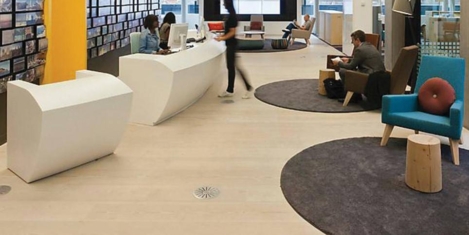
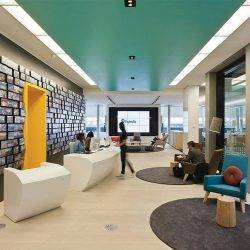
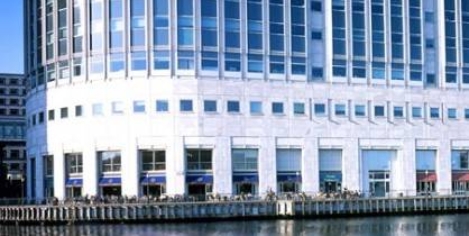
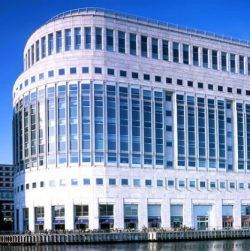






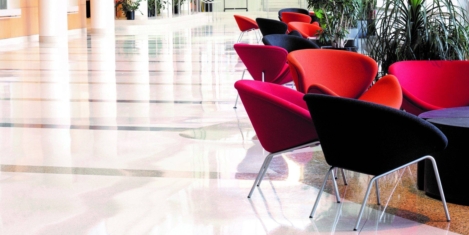
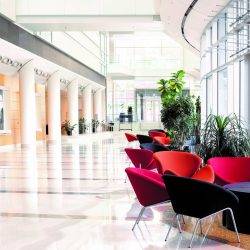












December 12, 2016
Can an organisation simply buy employee motivation? 0
by Matias Rodsevich • Comment, Workplace
More →